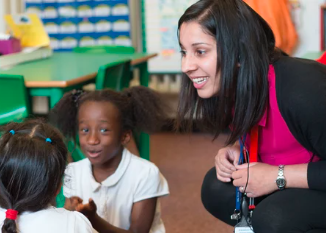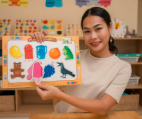In early childhood and primary education, careful observation plays a vital role in shaping meaningful, personalized lesson plans. By watching how children engage, learn, and interact, educators gain valuable insights that help guide instructional choices and improve learning outcomes.
Why Observation Matters
Observation allows teachers to understand each child’s unique strengths, interests, and developmental needs. Whether a child thrives in group settings or needs extra support with certain tasks, watching how they respond in real-life learning environments helps teachers plan more effectively. These insights ensure that lessons are both developmentally appropriate and engaging.
Informing Instructional Goals
When educators take time to observe, they can set realistic goals tailored to individual learners. For example, a child who consistently shows an interest in building blocks may benefit from math activities involving shapes and spatial reasoning. Similarly, noticing a child’s difficulty with fine motor tasks can inform plans that include more hands-on activities to build those skills.
Adjusting Teaching Strategies
Observation helps educators remain flexible. If a lesson doesn’t resonate with students, observation cues—such as body language, attention span, and engagement—can indicate the need to adjust the teaching approach. This real-time feedback ensures that educators are responsive to children’s needs rather than strictly following a one-size-fits-all plan.
Strengthening Student-Teacher Relationships
Watching and listening to students in action builds stronger relationships. Children feel seen and understood when their teachers respond thoughtfully to their behavior and learning styles. This connection creates a safe, supportive learning environment where students are more likely to participate and take risks.
Using Observations to Support Growth
Observation isn’t just for planning the next lesson; it’s a tool for ongoing assessment. Teachers can track developmental progress over time and celebrate small milestones. These observations can also guide conversations with families and help align school efforts with home learning goals.
Final Thoughts
Incorporating observation into lesson planning is more than a best practice—it’s a foundational approach to responsive, child-centered teaching. By focusing on what children show us through their actions and interactions, educators can craft lessons that are meaningful, inclusive, and developmentally appropriate.


